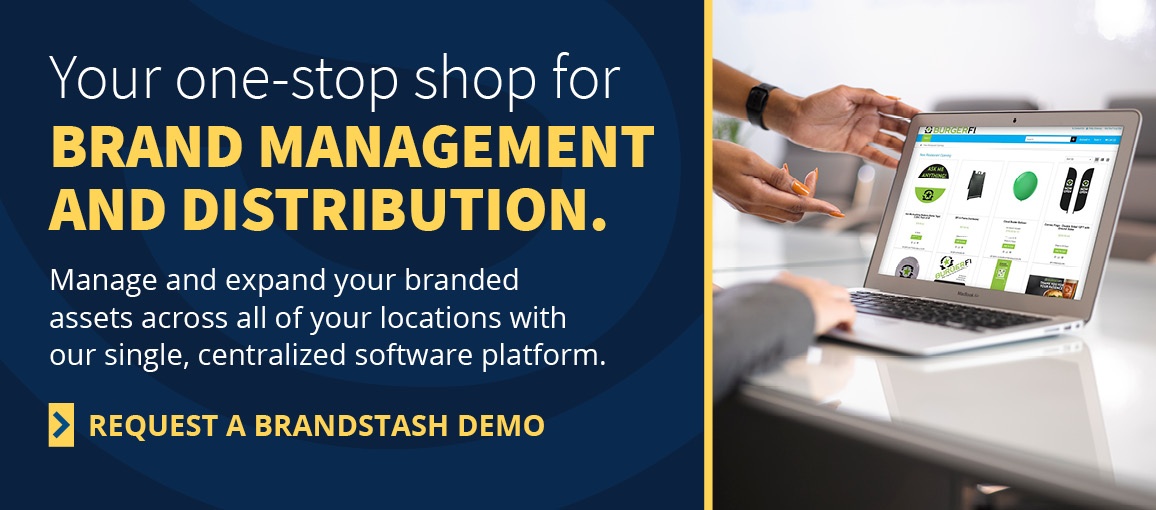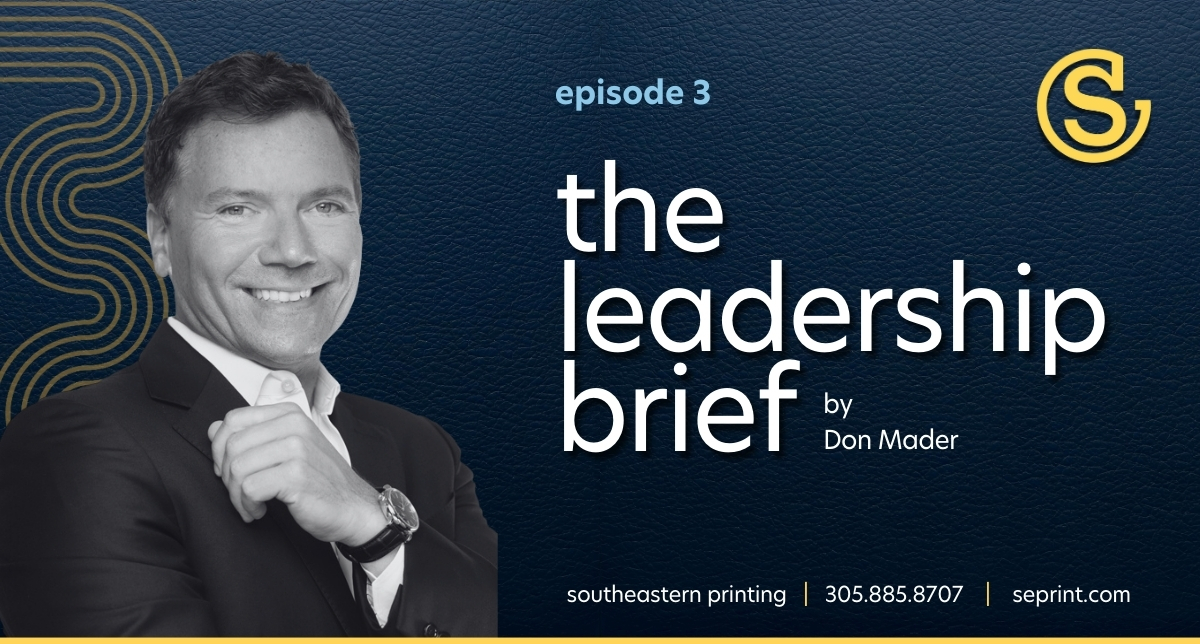In a distributed marketing and sales model, organizations create marketing assets at a corporate level and then distribute these assets through local partners. The partners then customize the marketing collateral to fit their specific needs and region to target consumers while also aligning with the brand voice.
Distributed marketing is common among many organizations, especially franchises and other companies with a nationwide footprint. However, there are a number of challenges that arise with distributed marketing, especially because there are multiple parties involved. Let’s dig into some of these common challenges and how you can address them.
Common Distributed Marketing Challenges
Distributed marketing has a number of challenges, such as the common ones listed below. Let’s dig further into each of the most common challenges and effective solutions for each.
1. Brand Inconsistency
Consistency is a large challenge among distributed organizations. Companies have to find the right balance between their brand voice and the local voice of the smaller communities. In addition to this, consumers expect customized messaging, and the larger your organization is, the harder it can be to juggle all of these considerations and maintain a consistent message with a unified voice that accurately depicts your brand’s ideals.
Trust is essential to retaining customer loyalty, and when your brand has different looks or a different voice because there are too many off-brand marketing materials, your brand reputation is likely to suffer. Inconsistent materials can also make your brand seem disorganized and unprofessional. Maintaining print consistency with Pantone Matching System (PMS) colors and fonts is equally important for protecting your brand’s image.
The solution? Invest in a single centralized platform that will help streamline your marketing strategies and keep your assets housed in one easily accessible location.
Developing a style guide for brand adherence—along with physical and digital sales and marketing materials—and storing everything in a centralized platform for distributed teams is especially beneficial for maintaining brand and printing consistency. This will ensure all of your distributed marketing partners are on the same page and your brand’s voice isn’t being compromised.
2. Slow Processes
Slow and inefficient processes with a lack of clear communication can result in additional unnecessary approval steps. If there isn’t a clear strategy, any changes or updates can take a long time to reach local branches. The local branches may then take campaigns into their own hands, leading to messaging that doesn’t align at corporate and local levels.
While it’s essential to communicate campaign changes quickly, setting up an automated approval process in a centralized platform will help operations run smoother. Change can take a long time to implement, but when everything is centralized, you don’t have to wait as long to launch new campaigns because everything is under one roof.
When you’re setting up automated workflows, look for simple, repetitive, or time-consuming tasks. Finally, locking campaign asset templates can help avoid additional approval steps. This can help your branding stay consistent but ensure that your local branches can customize where needed.
3. Managing Inventory
Your organization creates multiple pieces of marketing collateral for each campaign, and these pieces can pile up. This results in materials not getting used or pieces getting lost.
A strong centralized platform will help you keep assets organized so they’re easily accessible by all teams. You’ll also have a better idea of what assets are in demand, what is happening at the local level, and where you can cut costs on unused materials.
4. Lack of Reporting Tools
Not tracking your marketing collateral means your marketing team is creating content without knowing what’s truly working for your sales teams, which can result in a waste of resources. In this scenario, your marketing team is creating assets that aren’t performing well, and your sales team is using materials that aren’t addressing common questions prospects may have.
With the right reporting tools, you’ll have insight into what sales reps are ordering which materials and how often. You can compare your company’s own collateral and sales figures to reports within the platform to see which content is performing best. Your marketing team can then take this information to create similar top-performing content.
Your One-Stop Shop for Distributed Marketing and Brand Management
Brand management can feel complicated. But we make it easy with one-stop tools such as brandstash. Place new orders, access all of your brand assets, make deliveries from anywhere, and access the powerful reporting tools you need within one single, centralized location.
Contact us today to find out how you can more efficiently manage your inventory and ensure consistency across your assets.




